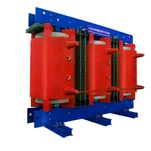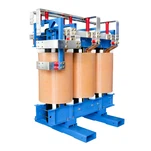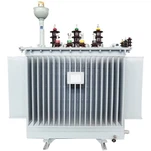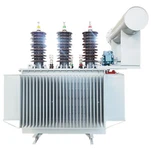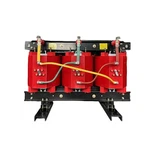Protecting a 3-phase transformer involves implementing various protective measures to ensure its safe and reliable operation. Here are some key methods for protecting a 3-phase transformer:

- Overcurrent Protection: Install overcurrent protection devices such as fuses or circuit breakers in the primary and secondary circuits of the transformer. These devices detect and interrupt excessive current flow, preventing damage to the transformer windings and other components.
- Differential Protection: Differential protection is a commonly used method for transformer protection. It involves comparing the current entering and leaving the transformer windings. Any difference in current indicates a fault within the transformer, such as a winding short circuit. Differential relays are used to detect such faults and trip the circuit breaker to isolate the transformer from the system.
- Buchholz Relay: A Buchholz relay is a gas and oil-operated relay installed in the piping between the transformer tank and conservator. It provides protection against internal faults, such as transformer core faults or winding insulation failures. The relay detects the accumulation of gas or oil due to internal arcing or overheating and initiates an alarm or trip signal to isolate the transformer.
- Temperature Monitoring: Transformers generate heat during operation, and excessive temperature can damage the insulation and other components. Temperature monitoring devices such as resistance temperature detectors (RTDs) or thermocouples are used to measure the temperature at various critical points within the transformer. Alarms and trip signals are activated if the temperature exceeds safe limits.
- Overvoltage Protection: Overvoltage events can occur due to lightning strikes, switching operations, or faults in the power system. Install surge arresters or voltage limiting devices at the transformer terminals to protect against overvoltage transients. These devices divert excessive voltage to the ground, safeguarding the transformer insulation.


